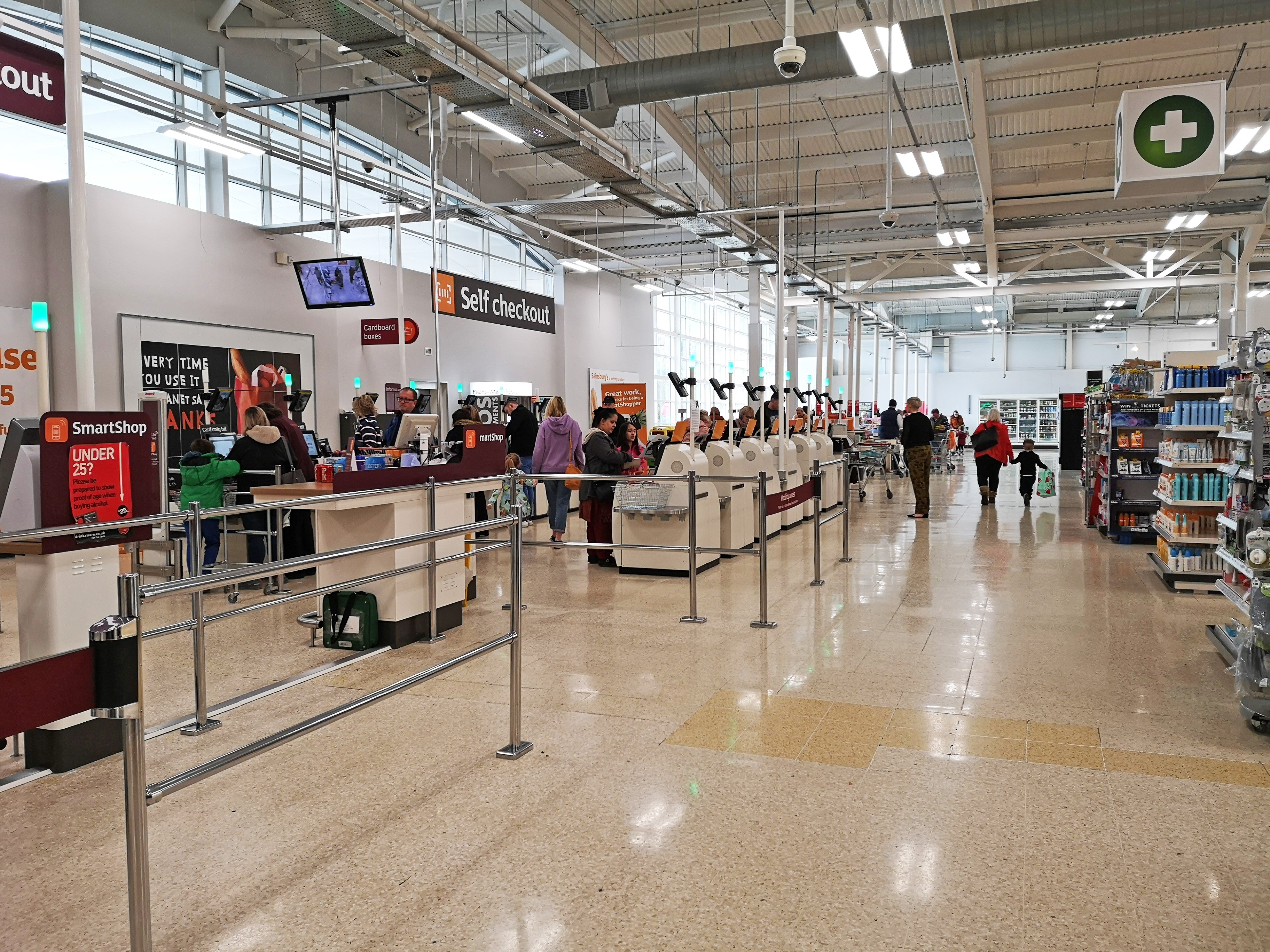Grocery is and always has been a crucial part of the retail landscape. As one of the biggest retail sectors for consumers, we have watched it shift and evolve as trends change and external factors come in to play.
Over the last two years the sector was one of the biggest to be impacted by the pandemic – leading to massive shifts in consumer behaviour, distribution challenges and stock shortages. At the height of lockdown, supermarkets experienced supply chain issues and demand for certain items soared with a surge of consumers in store (We all remember the banana bread obsession, the quest for toilet roll and the great pasta shortage). Despite emerging as the winners of the pandemic by keeping the nation fed, shopping local, social distancing and a rise in popularity for Convenience stores and delivery apps still presented new challenges. However, fast forward to today and we ask - is the Grocery sector back bigger and better than ever?
How has the Grocery sector evolved in the last 6 months?
As we enter summer 2022, restrictions have gone and stores are well and truly back to business as usual. The last 6 months have been an opportunity for stores to thrive again and brands have been able to deliver their products with confidence.
The massive spike in online grocery sales during the past couple of years has started to level out, meaning the number of people in physical stores has increased this year. Ecommerce grocery sales were down almost 20% in the latest Kantar figures for the 12 weeks to 20 February 2022. However, online grocery sales have still been sustained to some extent. At 13.3% of all grocery sales, online is still notably ahead of pre-pandemic levels.
To handle the surge of orders during the pandemic, supermarkets had to make drastic changes, such as dedicating sections of their car parks for order pickup, converting some stores to fulfil online orders and partnering with speedy ordering platforms like Deliveroo & Just Eat. Many of these changes remain today, offering a more flexible shopping experience for consumers. Over the last 6 months there has been more freedom for consumers to choose how they shop
The future of Grocery – What’s next?
Despite grocery sales booming, this sector is not exempt from further change and restrictions.
Three hot topics include the cost of living crisis, HFSS legislation implementation and the ever increasing importance of data for brands ensure their products are available and visible in store to increase sales. How do these impact the Grocery sector and stores and brands, and ultimately the consumer?
The major change on the horizon is the upcoming HFSS legislation which comes into effect in October and restricts the promotion of high fat, salt and sugar products. This shake up for the sector has led brands to rethink their strategy - but it also opens the door to new opportunities for brands that aren’t directly affected. The legislation will shift the way consumers spend and could see a rise in sales for non-HFSS products throughout the latter part of the year as these brands take advantage of key promotional space.
The cost of living crisis means data is more important than ever for brands, as they strive to operate efficiently. With higher costs and less to spend, EPOS data will help ensure they have the right products at the right time for consumers.
As we reflect on the last 6 months and look ahead to the rest of the year, it’s clear things have changed but there’s an air of positivity around the sector which brands can take advantage of.
Follow our campaign on LinkedIn to discover everything you need to know about the Grocery sector, how it’s changing, and where the opportunities lie for brands right now. We’ll share insight, trends and views from our experts to ensure your brand is primed to thrive in Grocery once again.




